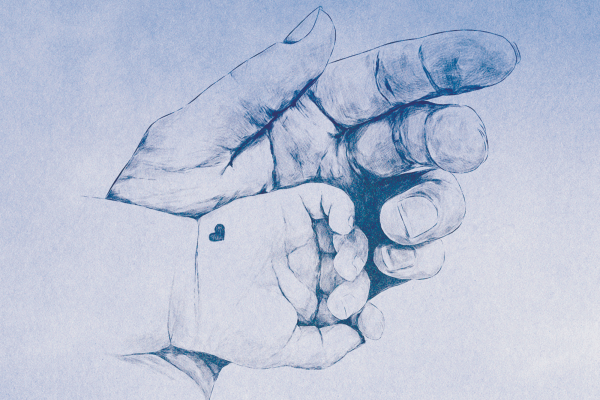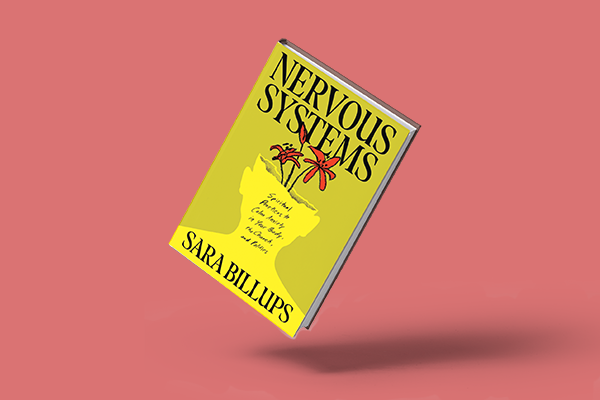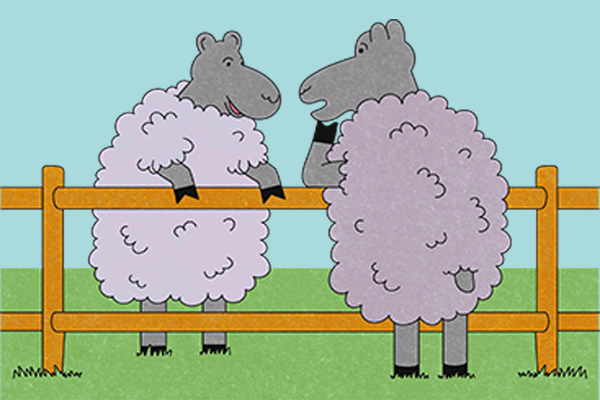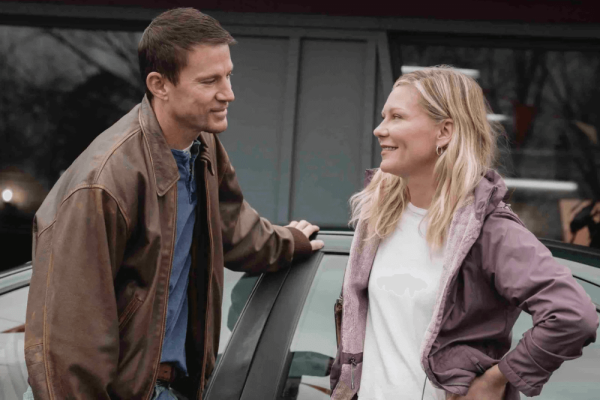One week this spring, my Instagram feed served up: A detail from a ground-breaking cellular-level map of a cubic millimeter of the human brain, showing a single neuron connected with more than 5,600 nerve fibers. The ebullient smile of a 9-month-old relative. And the lifeless, emaciated body of a child in Gaza. Awe. Joy. Horror. I keep thinking of them all.
We hold babies we love, stare into sparkling eyes, and can almost see the wonder of their becoming, the miracle of a brain building myriad connections in a split second. We study soft faces that carry the genetic whispers of ancestors known and unknown. We become acquainted with tiny beings who are also full, unique people, revealing themselves more every day. Christians believe humans are made in the image of God. But how often do we meditate on that radical miracle? Recall holding someone in your arms who is unable to care for themselves and is utterly vulnerable, and yet blooming with infinite potential. Imagine God holding us and seeing the same thing.
In our brief moments of connecting with God, are we able to glimpse what it’s like to live as if imago dei were true? To understand for even a fleeting moment that “in the image of” is, in divine grammar, a verb, not just a noun, the signal flow between created and Creator? We are not just autonomous identities to God, who invites us to hold all human beings in that nexus of tenderness, love, and mystery that a beloved child engenders in us.
The neural pathways in a baby or toddler’s brain multiply when given loving attention and interaction from the people around them. Emotional warmth and intellectual and sensory stimulation help call them into fullness of being. And this must be undergirded by what we all need: food, water, shelter, protection from violence. Divine mystery meets the quotidian.
We’re all sentimental sometimes. Sentimentality can be as harmless as a syrupy meme or as toxic as propaganda. At the level of sentiment, everyone loves infants and children categorically and wants the best for them. In practice — in the incarnate, complex world — not so much. Here is where some might find it helpful for me to dish up facts and rhetoric to persuade you to make a world where children can thrive. I tried to work out the math of how much money it would cost to expand the Child Tax Credit in the U.S., helping to provide millions of children with their most basic needs. I wanted to compare this with the amount of our taxes used to send U.S.-made weapons to an Israeli government that rains terror down in Gaza, sometimes killing children and making it impossible for humanitarian aid to reach those who escape our bombs. Too quickly I became entangled in the calculus of responsibility and complicity, the brutal calculations multiplying through history.
I thought of almost 150 million synapses in a cubic millimeter of the human brain. The smiles of babies I love. The body of a child who once smiled, who other people loved; the thousands or millions of people around the world, cradling the lifeless bodies of those they cherished. I can only pray: Imago dei, imago dei, imago dei. And ask for the grace to begin caring for each one as though I were holding God’s self in my arms.

Got something to say about what you're reading? We value your feedback!







